Red Crowned CranePhotos, Pictures, Prints
View red crowned crane photos, license red crowned crane stock pictures, and buy stunning red crowned crane prints by award winning professional photographer Jon Cornforth. To license an image for editorial or commercial use, click on the License Image button and fill out the form. To purchase a fine art print, select your image size and presentation style before clicking on the Buy Print button.
Japanese Crane
The red-crowned crane (Grus japonensis) is also called the Japanese crane or Manchurian crane. It is a large East Asian crane, and is among the rarest cranes in the world. In some parts of its range, it symbolizes of luck, longevity, and fidelity.
Adult cranes are named for a patch of red bare skin on the crown. This becomes brighter during mating season. Overall, they are snow white in color with black on the wing secondaries. This can appear almost like a black tail when the birds are standing. However, the real tail feathers are actually white.
Males are black on the cheeks, throat, and neck, while females are pearly gray in these spots. Meanwhile, the bill is olive green to greenish horn, the legs are slate to grayish black. Finally, the iris is dark brown.
In the spring and summer, the migratory populations of the this crane breed in Siberia, northeastern China and occasionally in northeastern Mongolia. In the last of these, they breed mainly in the Mongol Daguur Strictly Protected Area. However their breeding range centers in Lake Khanka, on the border of China and Russia. Normally, the crane lays two eggs, but only one survives.
Later, in the fall, they migrate in flocks to Korea and east-central China to spend the winter. However, vagrants sometimes get as far away as Taiwan.
In addition to the migratory populations, a resident population lives in eastern Hokkaidō in Japan.
This species nests in wetlands and rivers. In the wintering range, their habitat is comprised mainly by paddy fields, grassy tidal flats, and mudflats. In the flats, the birds feed on aquatic invertebrates and, in cold, snowy conditions, the birds switch to mainly living on rice gleanings from the paddy fields.
Explore with Cornforth Images.
-

Red-Crowned Crane 1
-

Red-Crowned Crane 10
-
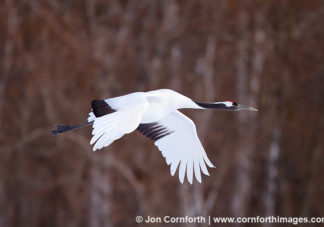
Red-Crowned Crane 11
-
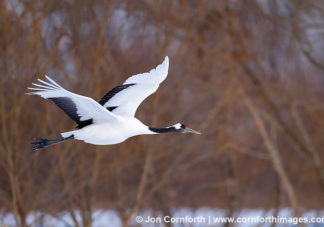
Red-Crowned Crane 12
-
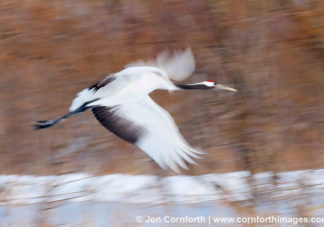
Red-Crowned Crane 13
-

Red-Crowned Crane 15
-
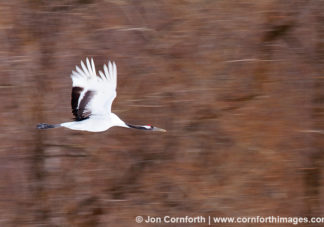
Red-Crowned Crane 16
-

Red-Crowned Crane 17
-
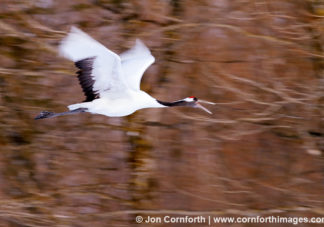
Red-Crowned Crane 18
-

Red-Crowned Crane 19
-
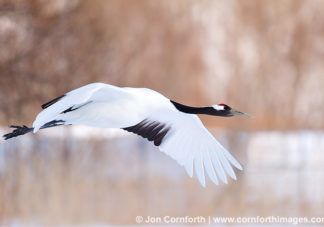
Red-Crowned Crane 2
-
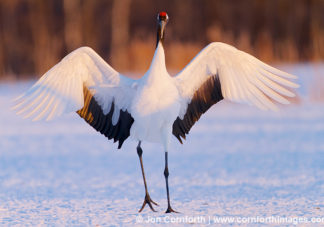
Red-Crowned Crane 20
-
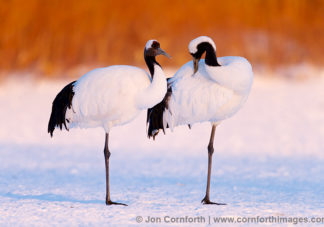
Red-Crowned Crane 21
-
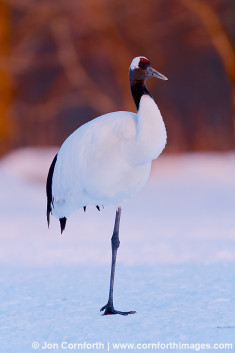
Red-Crowned Crane 22
-
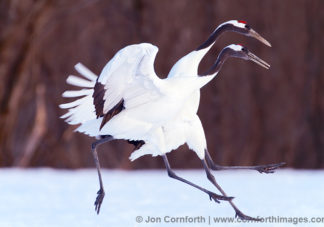
Red-Crowned Crane 23
-
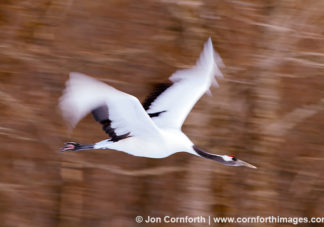
Red-Crowned Crane 24
-
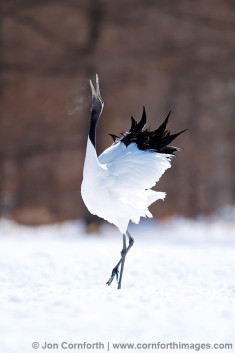
Red-Crowned Crane 25
-
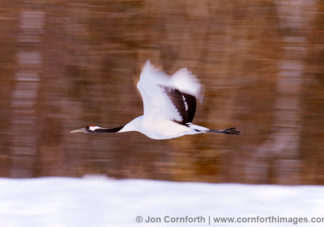
Red-Crowned Crane 26
-
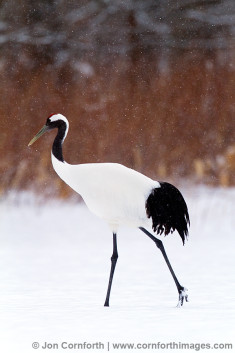
Red-Crowned Crane 27
-
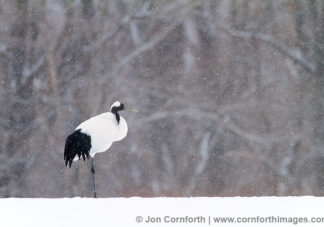
Red-Crowned Crane 28
-

Red-Crowned Crane 29
-
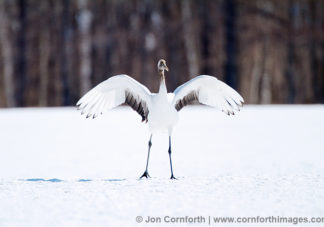
Red-Crowned Crane 3
-
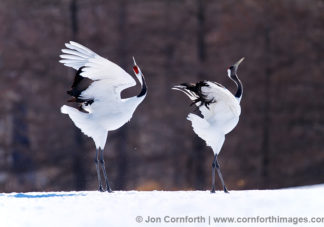
Red-Crowned Crane 30
-
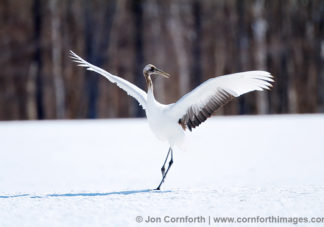
Red-Crowned Crane 31
-
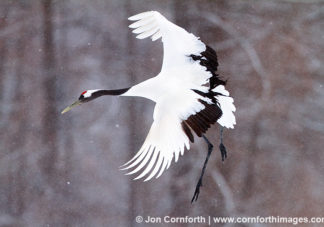
Red-Crowned Crane 33
-
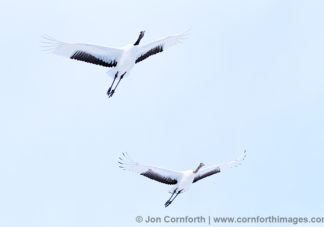
Red-Crowned Crane 34
-
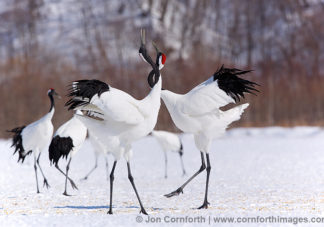
Red-Crowned Crane 4
-
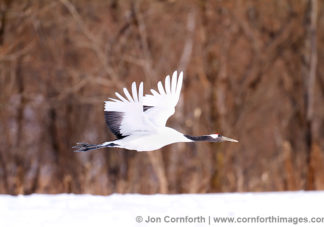
Red-Crowned Crane 5
-
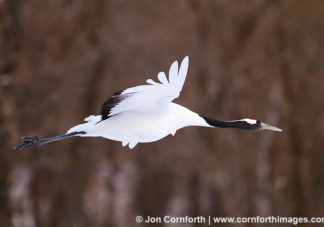
Red-Crowned Crane 6
-

Red-Crowned Crane 7
-

Red-Crowned Crane 8
-

Red-Crowned Crane 9
